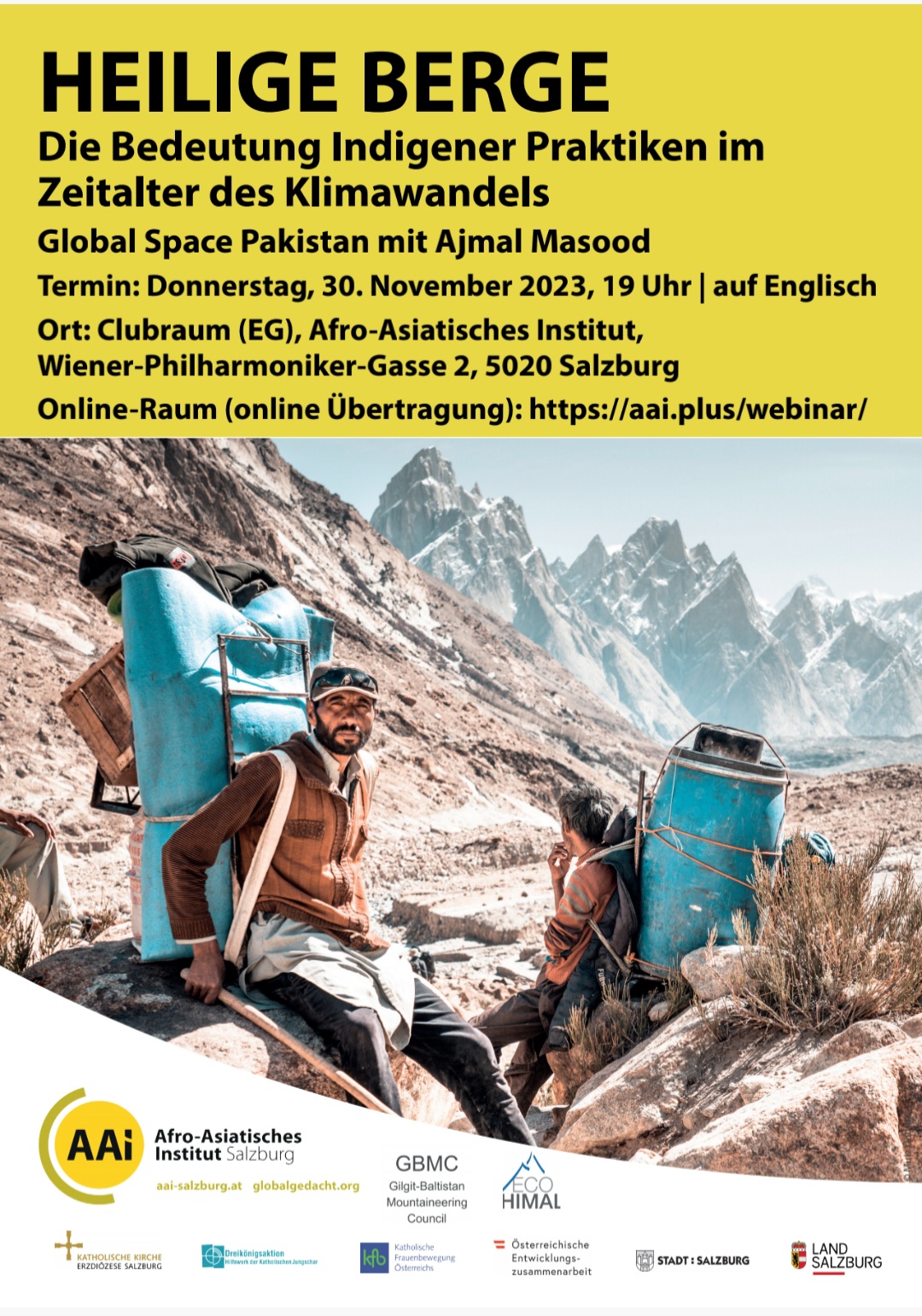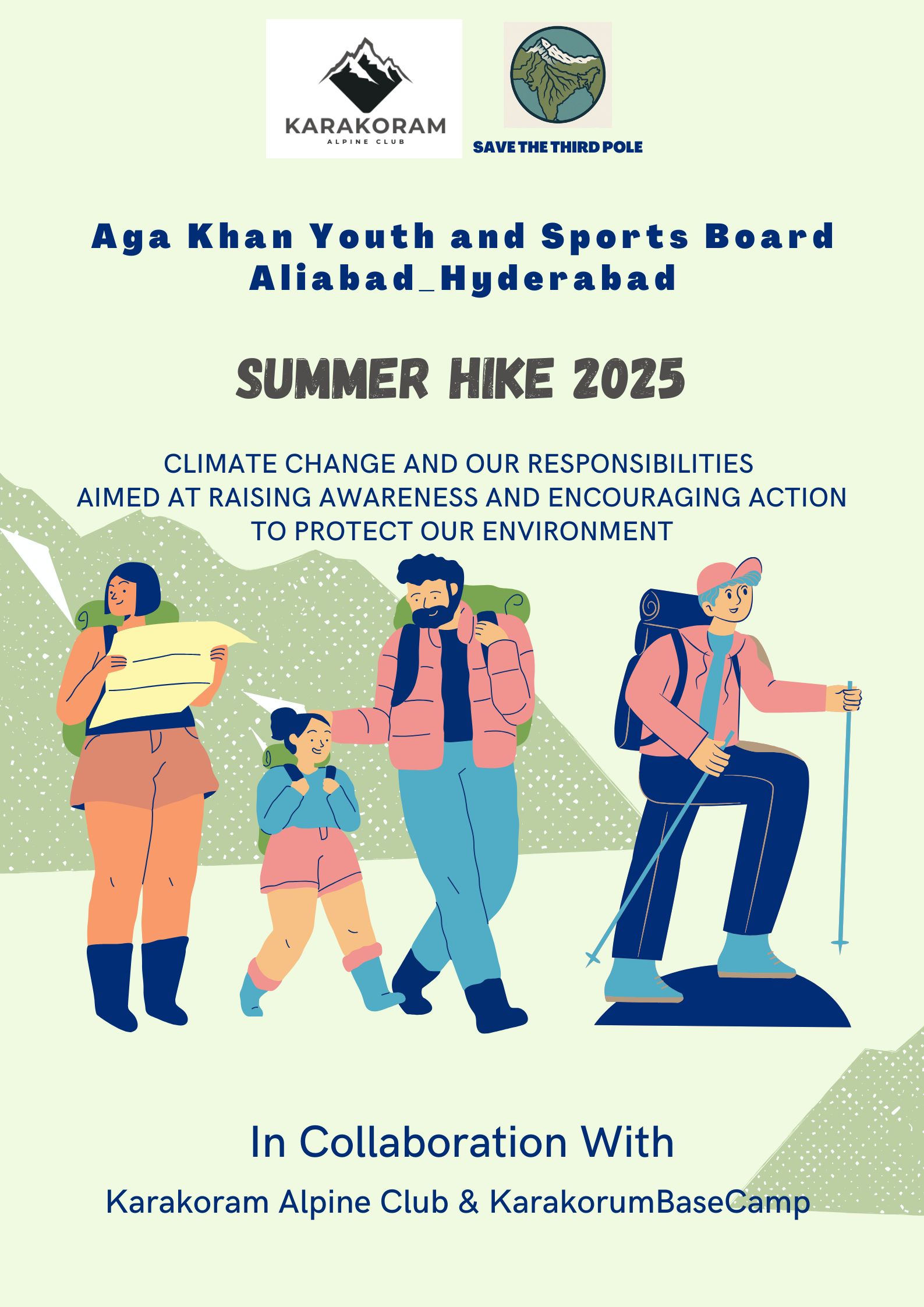
Save The third pole
Overview
The Hindukush-Karakoram-Himalaya (HKH), a region of Gilgit-Baltistan referred to as the Third Pole, encompasses over 7,000 glacier spaces. This region supports 250 million inhabitants via the Indus River. This cryospheric region serves as Asia’s water tower, yet it is experiencing rapid melting.
The Third Pole is Melting
- Temperatures in the HKH are increasing at a rate faster than the global average, with certain basins warming by as much as 0.66°C per decade (ICIMOD 2023).
- Precipitation patterns are becoming erratic, affecting both agriculture and water securtity
Cryosphere Breakdown. - Glacier mass loss has surged by 65% in recent decades (ICIMOD 2023).
- Snow cover is diminishing by approximately 5 days per decade.
- Permafrost degradation is accelerating, leading to landslides and slope instability.
- Projected glacier loss by 2100 is as follows:
o 30–50% under 1.5–2°C warming
o 55–80% under 4°C warming - The number of glacial lakes is on the rise, with GLOF risks projected to triple by 2100.
- Meltwater is essential for 129 million farmers, with up to 83% of groundwater recharge in certain areas derived from glacial sources.
- 67% of HKH ecoregions are situated outside protected areas (ICIMOD 2023)
- Climate change is causing species extinction, upslope migration, and the spread of invasive species.
- It is projected that 25% of endemic species in the Indian Himalaya may be lost by 2100.
- Traditional livelihoods, including farming, herding, and tourism, are increasingly under stress.
- Communities are facing hazards, displacement, and mental stress.
- Cultural and spiritual connections to the mountains are at risk.
- Vulnerable mountain communities are experiencing exacerbated inequality.
Save the Holy Mountains: The Importance of Indigenous Practices in the Age of Climate Change
- Beyond data and facts, being an indigenous forum we advocate for the preservation of indigenous knowledge and respect for the sacred landcapes.
- Indigenous communities in the Hindukush-Karakoram-Himalaya (HKH) region hold profound spiritual connections with their natural environment. Ancient rituals such as glacier grafting (merging black and white glaciers), ritualistic irrigation ceremonies (Rajaki/Il Khudai), and the preservation of sacred trees (e.g., junipers) reflect ancient climate-aware customs.
- Adherence to these practices often surpasses compliance with government laws (e.g., Bhutan bans climbing above 6000m based on spiritual beliefs).
Concept of Holy Mountains
- Mountains in the HKH region are revered as sacred entities, often inhabited by fairies, spirits, or deities.
- Local legends that highlight the sacredness of mountain landscapes — such as tales of fairies in meadows, ice peaks and prohibitions against killing mountain goats — illustrate a worldview where nature commands deep respect.
- Rivers like the Indus and “Sujukum Chhishko”(Holy Mountains) in burushaski, an indigenous language in karakoram“ were worshipped and protected through various forms of rituals.
- The indigenous belief system of sacredness promotes a balanced ecosystem where humans, nature, and the universe coexist harmoniously
- Today , mass tourism, and modernisation threaten this traditional knowledge.
- Recent catastrophes in Pakistan highlight the urgency of revitalising and integrating indigenous insights into contemporary policies.
- Viewing mountains as sacred and recognising indigenous communities as custodians of the environment are crucial for securing a sustainable future.
We aim to educate public through sports activities and promote the cause of SAVE THE THIRD POLE. Our campaign is to raise awareness about ancient belief systems and indigenous knowledge, which offer effective environmental ethics founded on respect, harmony, and preservation. Reviving these traditions is indispensable amidst the climate crisis
Events
- November 30 2023
- Afro-Asiatic Institute, Salzburg, Austria
- Climate Change
- August 23, 2025
- Helsinki Marothon, Finland
- Save Third Pole
- August 8-9, 2025
- Hunza, Pakistan
- Save Third Pole



